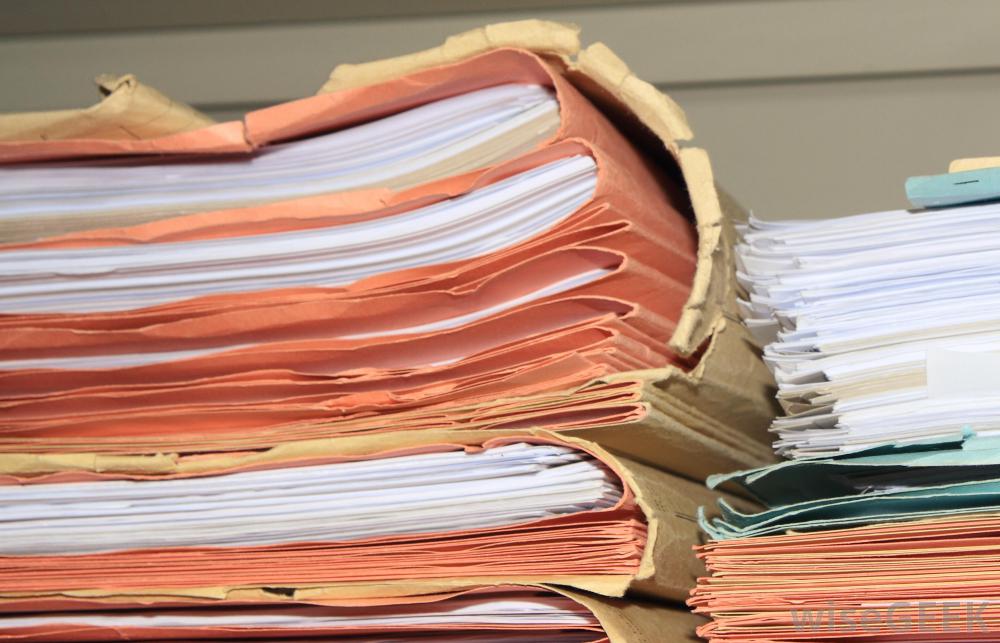Code of Civil Procedure is nothing but an exhaustive compilation- cum-enumeration of the principles of natural justice with reference to a proceeding in a court of law. The entire object of the Code is to ensure that an adjudication is conducted by a court of law with appropriate opportunities at appropriate stages.
A civil proceeding governed by the Code will have to be proceeded with and decided in accordance with law and the provisions of the Code, and not on the whims of the court. There are no short-cuts in the trial of suits, unless they are provided by law. A civil suit has to be decided after framing issues and trial permitting the parties to lead evidence on the issues, except in cases where the Code or any other law makes an exception or provides any exemption.
Circumstances in which a civil suit can be dismissed without trial
The Code enumerates the circumstances in which a civil suit can be dismissed without trial. (not exhaustive):
(a) Dismissal as a consequence of rejection of plaint under Order 7 Rule 11 of the Code in the following grounds:
(i) where it does not disclose a cause of action;
(ii) where the relief in the plaint is undervalued and plaintiff fails to correct the valuation within the time fixed;
(iii) where the court fee paid is insufficient and plaintiff fails to make good the deficit within the time fixed by court;
(iv) where the suit appears from the statement in the plaint to be barred by law;
(v) where it is not filed in duplicate and where the plaintiff fails to comply with the provisions of Order 7 Rule 9 of the Code.
(b) Dismissal under Order 9 Rule 2 or Rule 3 or Rule 5 or Rule 8 for non- service of summary or non-appearance or failure to apply for fresh summons.
(c) Dismissal under Order 11 Rule 21 for non-compliance with an order to answer interrogatories, or for discovery or inspection of documents.
(d) Dismissal under Order 14 Rule 2(2) where issues both of law and fact arise in the same suit and the court is of opinion that the case or any part thereof may be disposed of on an issue of law only and it tries such issue relating to jurisdiction of the court or a bar to a suit created by any law for the time being in force first and dismisses the suit if the decision on such preliminary issue warrants the same.
(e) Dismissal under Order 15 Rule 1 of the Code when at the first hearing of the suit it appears that the parties are not at issue on any question of law or fact.
(f) Dismissal under Order 15 Rule 4 of the Code for failure to produce evidence.
(g) Dismissal under Order 23 Rules 1 and 3 of the Code when a suit is withdrawn or settled out of court.
Provisions provide for expeditious disposal
The following provisions provide for expeditious disposal in a summary manner:
(i) Order V Rule 5 of the Code requires the court to determine, at the time of issuing the summons, whether it shall be for the settlement of issues only, or for the final disposal of the suit (and the summons shall have to contain a direction accordingly). In suits to be heard by a court of small causes, the summons shall be for the final disposal of the suit.
(ii) Order 15 Rule 3 of the Code provides where the parties are at issue on some question of law or of fact, and issues have been framed by the court as hereinbefore provided, if the court is satisfied that no further argument or evidence than the parties can at once adduce is required upon such of the issues as may be sufficient for the decision of the suit, and
that no injustice will result from proceeding with the suit forthwith, the court may proceed to determine such issues, and, if the finding thereon is sufficient for the decision, may pronounce judgment accordingly, whether the summons has been issued for the settlement of issues only or for the final disposal of the suit.
(But where the summons has been issued for the settlement of issues only, such a summary course could be adopted only where the parties or their pleaders are present and none of them objects to such a course).
But where the summons have been issued for settlement of issues, and a suit is listed for consideration of a preliminary issue, the court cannot make a roving enquiry into the alleged conduct of the plaintiff, tenability of the claim, the strength and validity and contents of documents, without a trial and on that basis dismiss a suit. A suit cannot be short-circuited by deciding issues of fact merely on pleadings and documents produced without a trial.
(iii) Order 37 Rule 1 read with Rules 2 & 3 of the relating to summary suits.
Reference
Alka Gupta v. Narendra Kumar Gupta (2010)
